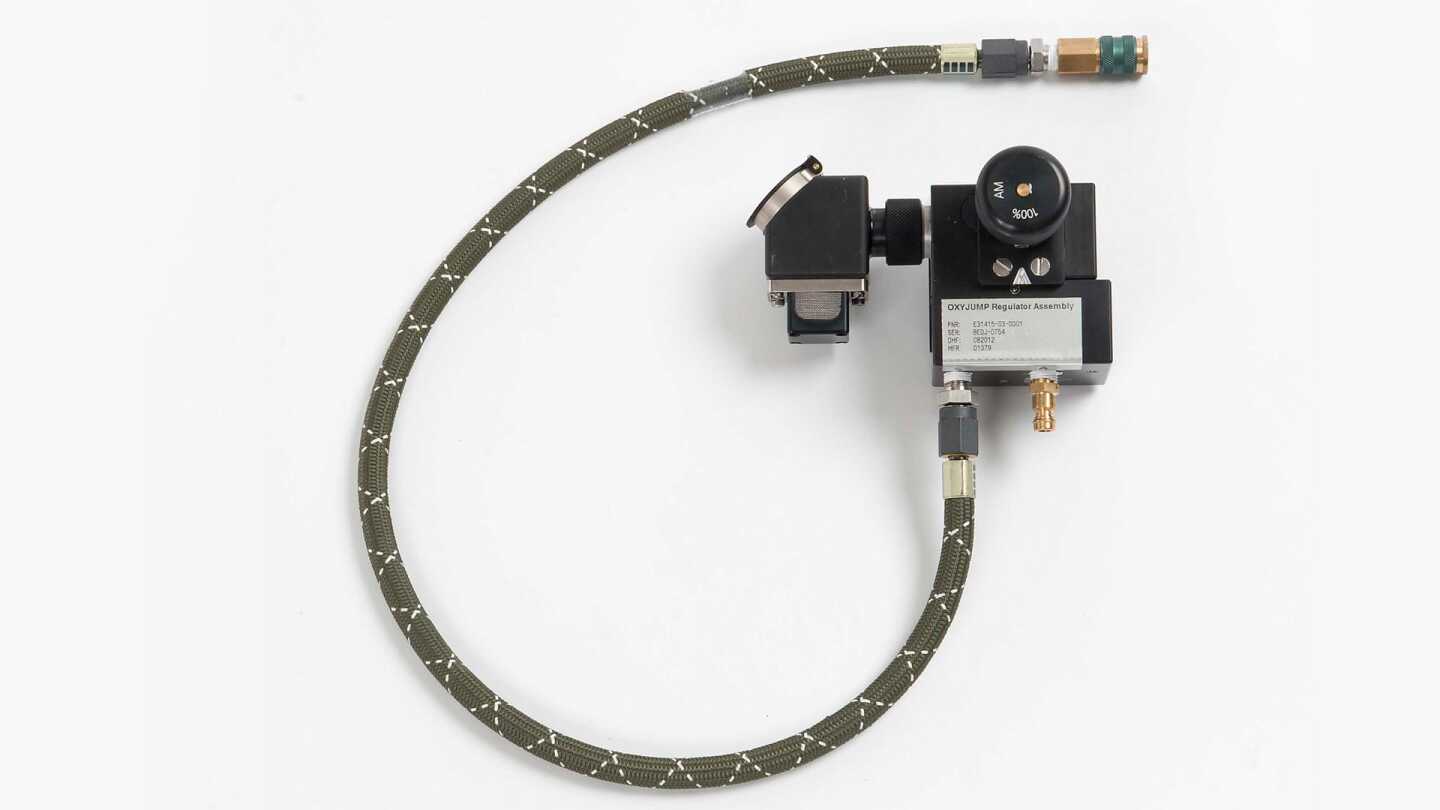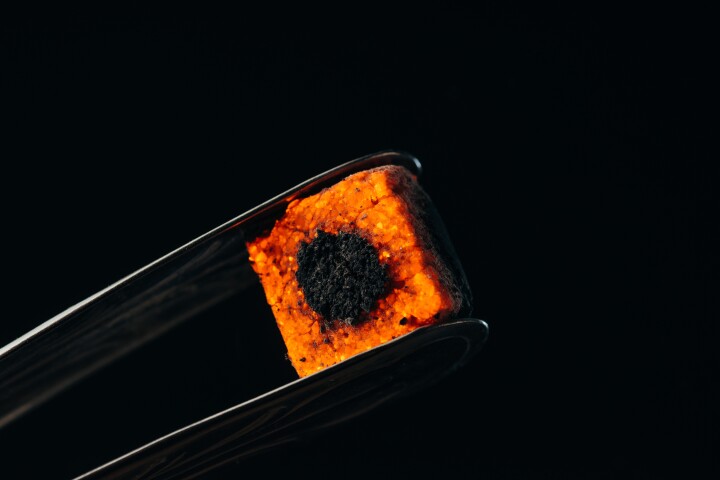Raytheon Technologies subsidiary Collins Aerospace has come up with a new oxygen system for special forces soldiers making insanely high parachute jumps from up to 33,000 ft (10,000 m) that automatically adjusts itself as they plummet at 126 mph (203 km/h) for chute openings as low as 3,000 ft (900 m).
One of the coolest and craziest military techniques is the High Altitude, Low Opening (HALO) parachute drop. It's a way for special forces like the SAS or US Navy Seals to insert themselves into an area with minimal chance of detection, jumping out of an aircraft at high altitudes – up to the the height many commercial airliners fly at – and free falling at speed to then open their chutes at low altitude.
This is not exactly what one would characterize as risk free, and a major problem is that there's not a lot of air at high altitude, so the jumpers have to carry their own portable oxygen supply. Otherwise, there's a real danger of suffocation or passing out from hypoxia.

The problem is that current oxygen systems have limited capabilities. They tend to be heavy, bulky, wasteful, and only really work at high altitudes, so the jumper has to be ready to cut off the supply or risk oxygen toxicity at lower altitudes. This means the jumper has only a limited ground distance to glide in free fall and has one more thing to pay attention to in an already stressful situation.
The OXYJUMP NG system improves on this by combining an ergonomically designed mask that fits snugly on the face with a new regulator that automatically controls the oxygen flow at altitudes up to 33,000 ft. As the jumper descends, the oxygen is reduced and is mixed with more outside air. This not only makes it safer for HALO jumpers, but also for High Altitude High Opening (HAHO) jumpers who take much longer to descend.
In addition, the Oxyjump NG has a second ascent bottle for unpressurized aircraft, providing pure oxygen before the jump to avoid the danger of the bends. There's also an automatic switchover system that swaps from the ascent bottle to the descent bottle when it runs to below four bar (60 psi). For greater durability, the device uses no plastic or composite parts.
"The OXYJUMP NG system gives allied armed forces the stealth, readiness and safety necessary to complete the most complex jumps on Earth," said Brad Haselhorst, vice president and general manager of Military, Safety and Cargo Systems at Collins Aerospace. "The Oxyjump NG system not only keeps up with the evolving nature of combat jumps, but it's ready for use today."
Source: Raytheon Technologies








